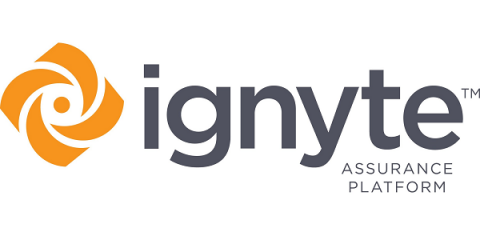Security | Threat Detection | Cyberattacks | DevSecOps | Compliance
Security
Yes, We Really Are This Confident in NewEdge Performance. Here's Why.
Over the last year, we’ve made tremendous progress expanding NewEdge to provide Netskope customers with the global coverage they demand. We have real, full-compute data centers in nearly 50 regions today and plans to go live with our Lima, Peru data center in early October (which will be our fifth in Latin America).
Vendor Tiering Best Practices
Vendor tiering is the key to a more resilient and sustainable third-party risk management strategy. But like all cybersecurity controls, it must be supported by the proper framework. To learn how to optimize your Vendor Risk Management program to greater efficiency through best vendor tiering practices, read on.
Why You Should Tier Your Vendors
Security teams are struggling to contend with the expanding third-party attack surface which is fueled by the pernicious cycle of poor vendor risk management.
How to Safely Integrate Networks During Mergers and Acquisitions
I recently published a piece in Dark Reading covering the network security challenges of M&A activity. As we ease the restrictions put in place to combat COVID-19, we’re expecting to see business activity including M&A pick up speed, it’s important that the implications of integrating networks are fully understood to ensure that the expected business benefits are achieved as soon as possible.
RDP Forensics without endpoint visibility
Building Security In Maturity Model or BSIMM from Synopsys
MPT's Value at Veracode
You finally have some budget to buy tools for your application security (AppSec) program! GREAT! Purchasing the correct tools for your AppSec pogram can be overwhelming. Even when looking only at point solutions, there still may be some confusion on the value that various tools can provide. Sometimes you'll find the perfect tool, but others may offer you a similar tool with added manual penetration testing (MPT) as part of the overall bundle. That seems like a great idea for the budget.
Searching data - Sharing lookups
CMMC-AB C3PAO: How to choose the right one?
Currently, only four companies are officially approved by the Cybersecurity Maturity Model Certification Accreditation Body (CMMC-AB) as authorized C3PAOs, and just under 200 organizations are currently listed as C3PAO Candidates pending a CMMC Maturity Level 3 Assessment.











